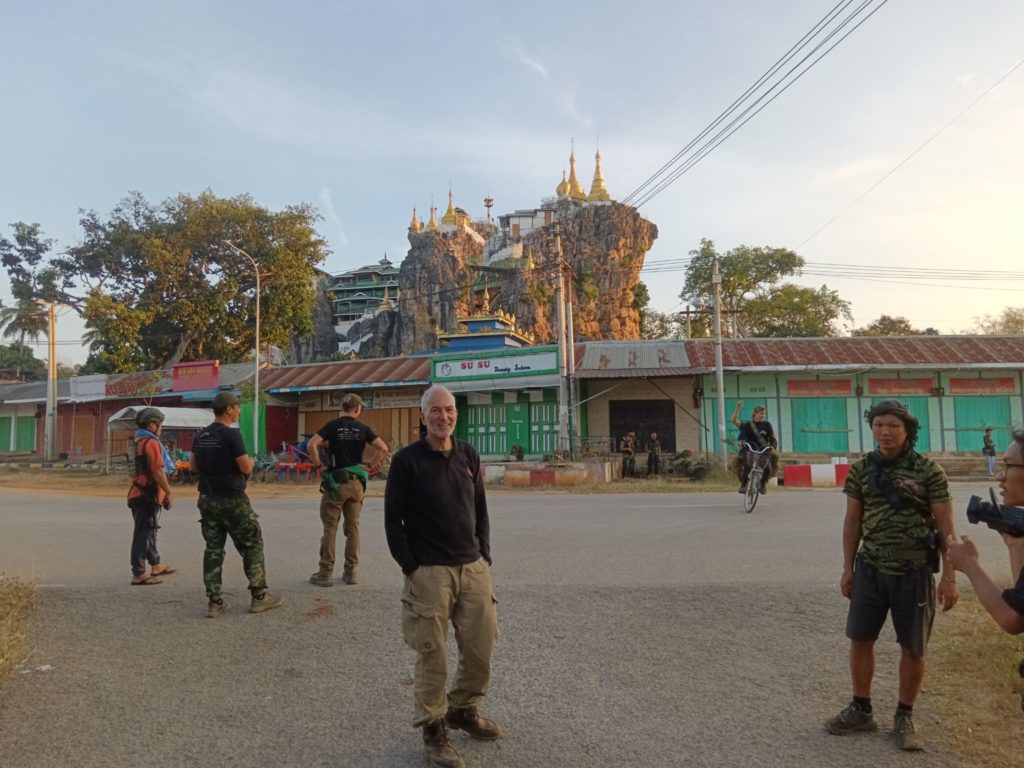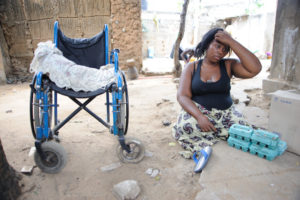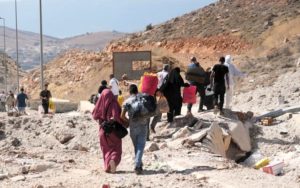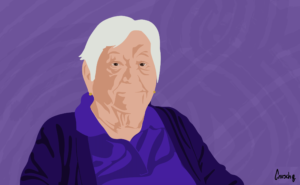
The conflict in Myanmar is in the midst of a profound transformation, with the groups confronting the Myanmar military shifting their focus from the consolidation of control over areas they consider historically theirs into the establishment of a new form of federalism a federalism created from the bottom up. This is an evolving process that has started in Karenni, and it is a process that introduces a bottom-up contribution to a future federal state.
The international community, and more specifically western governments, need to understand this new reality in order to seize the opportunities this paradigm shift offers for the future of the country. Rather than breaking apart Myanmar is being transformed into a mosaic of autonomously governed spaces, none of which are seeking independence. The time has come to engage with these different governance entities, many of whom are led by a new generation of activists.
In staging the coup on 1 February 2021, Senior General Min Aung Hlaing opened a pandora’s box, and the last six months have brought to the fore the realities of what Min Aung Hlaing has unleashed. But unlike the Greek myth, hope has not been imprisoned within. It is to be found in the sustained resistance of a younger generation. Having tasted the relative freedoms brought about by the opening up of the country in 2011, they are not ready to give them back. A generation strongly interconnected within the country and connected with the outside world. A generation that has developed a new set of values and habits. But most importantly, it is a generation that has not inherited the fear of authority that has been so engrained into their parents.
The coup not only triggered the mobilization in a manner unseen before of the young and civil society, but more importantly it allowed a new dynamic to emerge that transcended the divides that previously existed between the Bamar majority’s focus on the democratisation process and the other ethnic nationalities attempt to bring to an end decades of civil war through a federal settlement. A new generation of revolutionaries have joined the ethnic armed groups in their struggle to defeat the Myanmar military.
Senior General Min Aung Hlaing and the State Administrative Council (SAC) have not only lost their control of the population, but they have also lost their ability to occupy much of the country. Two thirds of the country is gripped by conflict, and an estimated 60% is no longer under military control. Unable to sustain a presence on the ground, the military has resorted to ruthless retaliatory airstrikes and mortar attacks on civilians and civilian infrastructures such as schools, hospitals, churches, and markets. In the process further fuelling the hate of the population towards them.
As a result of this war, Myanmar is seeing the emergence of increasingly autonomously governed regions. Ethnic Armed Groups are consolidating their control over the areas they administer, and new forms of governance are emerging in areas without similar histories of armed resistance. An interesting example of governance is being set up in Karenni. Initiated by civil society leaders, political actors and representatives of ethnic revolutionary organisations, attempts are being made to put in place the structures and systems of an accountable administration at all levels. The authority setting these structures up, the Karenni National Consultative Council and its Interim Executive Council, does not see itself as a government, but rather as a caretaker entity until officials are elected. For the first time in Myanmar’s history, it can be said that the people are being given a voice in shaping the institutions that will administer them. Other armed groups are approaching the Karenni Interim Executive Committee to learn from, and even copy, their experience. The Karenni experiment is seen as introducing a new form of governance in areas where the armed groups had in the past only delivered services. This aspect of governance has gained even more importance now that many of the ethnic armed groups are moving into areas where they had previously not had an established presence and need to govern these populations.
The time has come for the international community to understand how much the socio-political landscape has changed since the coup and it needs to be willing to engage with the new realities. Chief among the new realities is understanding that the State of Myanmar can never effectively be a centrally governed one, at least in the short and medium term. Any attempt to impose such a model in the current context will only lead to much more violence and destruction. Instead, a new form of governance based on federalism, a federalism created from below and offering very broad autonomy to the federal units, needs to be promoted.
Of course, the fear exists within the international donor community that acknowledging and working with the emerging governance structures will contribute to the further breaking apart of the country. But it is important to remember that the current fragmentation is not only a result of the loss of control of the Myanmar military of many parts of the country, but also the emergence of alternative forms of local governance in the spaces created. None of the resistance or the ethnic groups are seeking independence. What is being asked for is a form of federalism that guarantees the rights of different ethnic groups and supporting their ability to work together.
Engaging with local governance structures will necessitate being willing to accommodate new ways of working. Implementing approaches that support open-ended processes rather than well-defined outcomes, which in turn necessitates multi-year commitments rather than short term funding cycles. In contexts where health, education, humanitarian, livelihoods and wider needs and services are all equally urgent, it remains important to think (and programme) cross sectorally. More structural forms of intervention will need to be considered, such as supporting credit schemes and using non-traditional financial networks to facilitate cash transfers.
While some international NGOs have found ways to support local communities in non-SAC controlled areas, much of the wider community, including the UN, is largely absent. Many of these international partners have yet to find ways to operate in non-SAC areas without jeopardizing their operations in Yangon. For the UN this challenge is compounded by the fact that for nine months there has been no overall strategy led by a special envoy nor have its agencies been led by a designated resident coordinator since the coup. The individuals assuming the latter responsibility have done so on an ad interim basis. Those few international partners able to access communities in ethnic armed group-controlled areas believe they have the capacity to significantly scale up their operations if funding is made available.
Finally, a message that is repeatedly given by groups inside Myanmar is that the international community should not seek a quick fix to ending this conflict. The populations of Myanmar have suffered too much since independence and the current revolution must lead to an end to the struggle for equality between all ethnic groups.
About the author:
Sir Charles Petrie is Former UN Assistant Secretary General and UN representative in Myanmar (2003-2007) who recently conducted a five-week mission into Karen and Karenni controlled areas of Myanmar.
The content is the author’s responsibility alone and does not necessarily reflect the views of United Against Inhumanity or any of its members.











